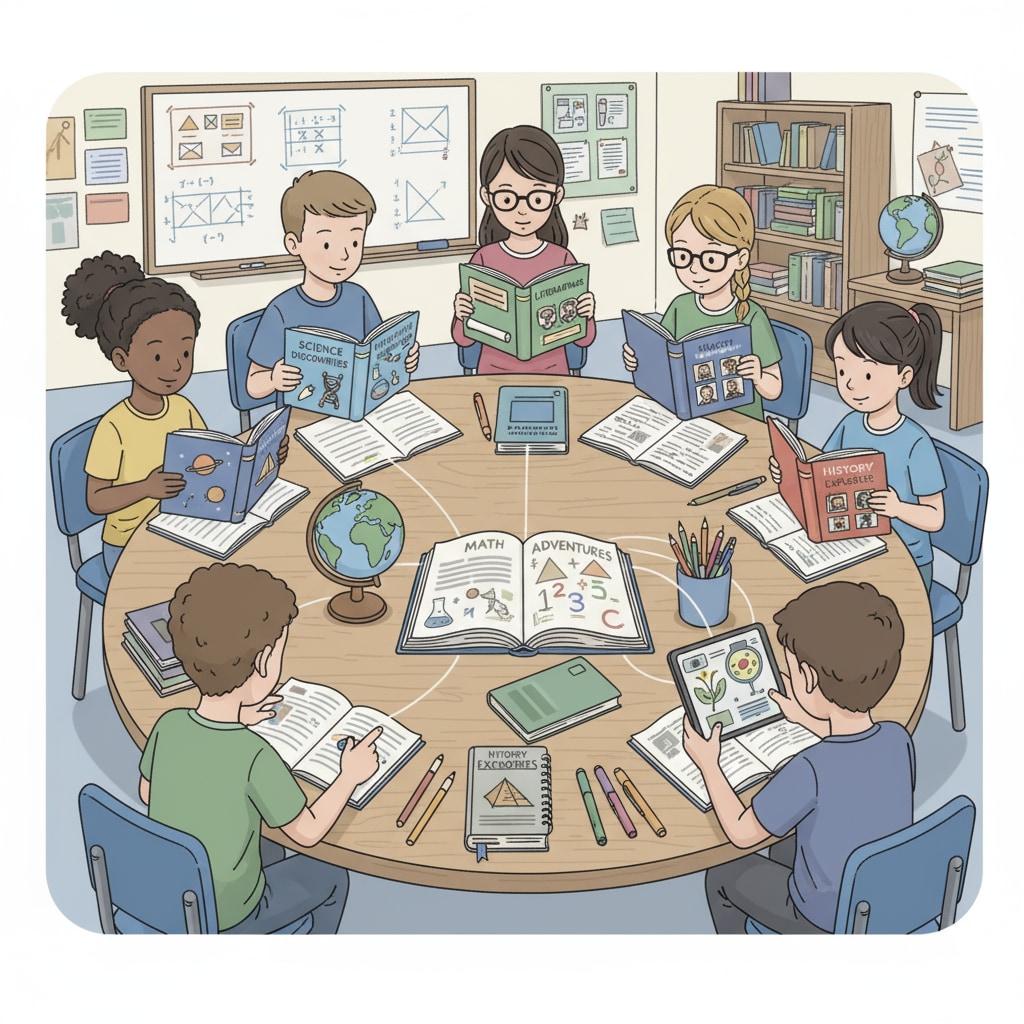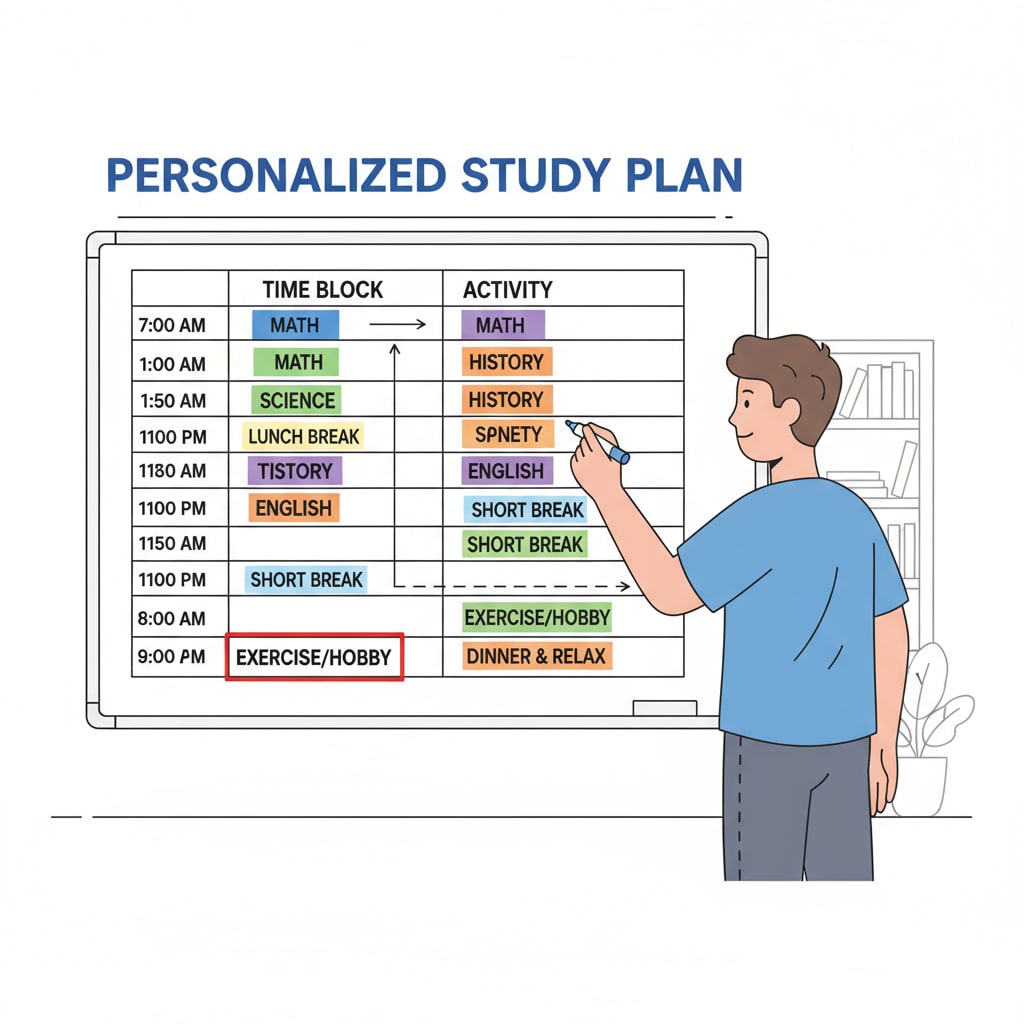In today’s world of rapid information growth, learning plans, multidisciplinary knowledge, and time management have become essential for K12 students. A well-structured personal learning plan can be a guiding light for students in this educational journey. Let’s explore how to create a feasible one.

The Importance of Multidisciplinary Learning
Multidisciplinary learning is not just about studying multiple subjects. It’s about making connections between different fields of knowledge. For example, in a science project, students might need to use math for calculations and writing skills to present their findings. This approach helps students develop a more comprehensive understanding of the world. According to Wikipedia’s page on Multidisciplinary Education, it encourages students to think outside the box and solve complex problems.
Feasibility of Personal Learning Plans
When creating a personal learning plan for K12 students, feasibility is key. The plan should take into account the student’s current academic level, interests, and available time. For instance, a student who is passionate about art might want to include art history and drawing classes in their plan. However, they also need to ensure they have enough time for core subjects like math and language arts. A balanced approach is necessary. As stated on Britannica’s education page, educational plans should be tailored to individual needs.

Resource Integration for Learning
To implement a personal learning plan, resource integration is crucial. Students can utilize school libraries, online educational platforms, and even community resources. For example, many online platforms offer free courses in various subjects. Additionally, local museums and science centers can provide hands-on learning experiences. By integrating these resources, students can enhance their learning in multiple disciplines.
Effective Time Management
Time management is the cornerstone of any successful learning plan. K12 students need to allocate specific time slots for different subjects and activities. They can use tools like calendars and to-do lists to stay organized. For example, setting aside an hour each day for self-study in a particular subject. This way, they can balance their schoolwork with their personal learning goals.
In conclusion, creating a feasible personal learning plan for K12 students involving multidisciplinary knowledge and effective time management is a challenging but rewarding task. It equips students with the skills and knowledge they need to thrive in the modern world.
Readability guidance: Using short paragraphs and lists helps summarize key points. Each H2 section provides a list of related ideas. By controlling the proportion of passive voice and long sentences and adding transitional words, the article becomes more readable.


